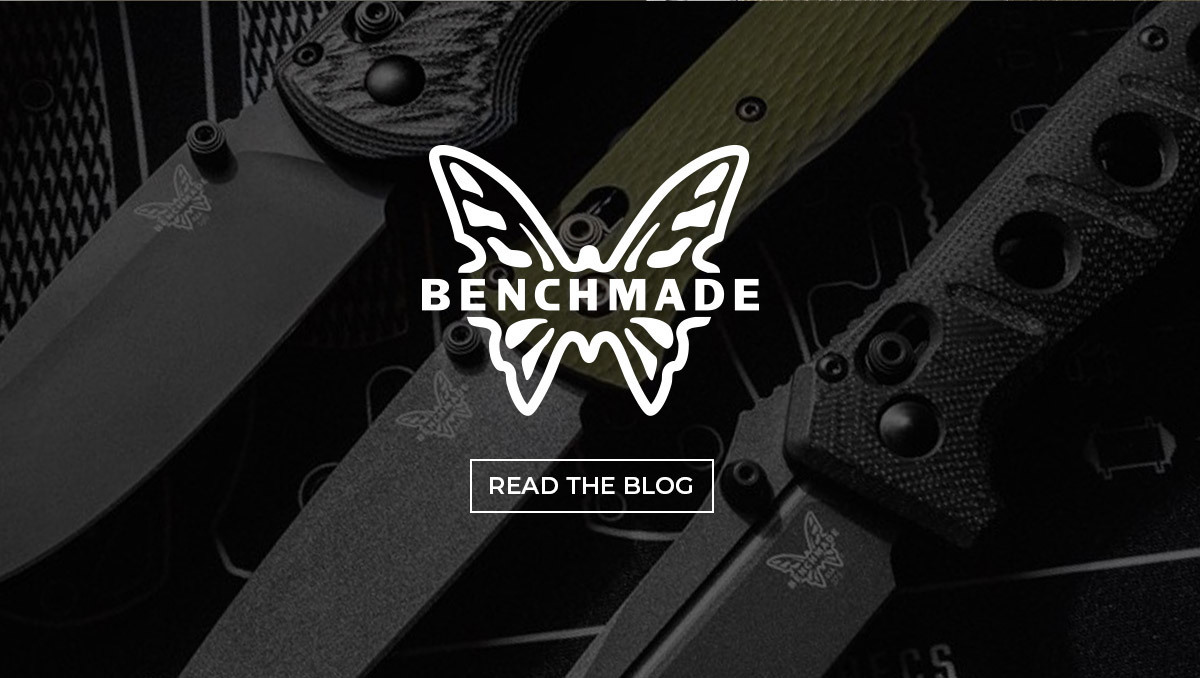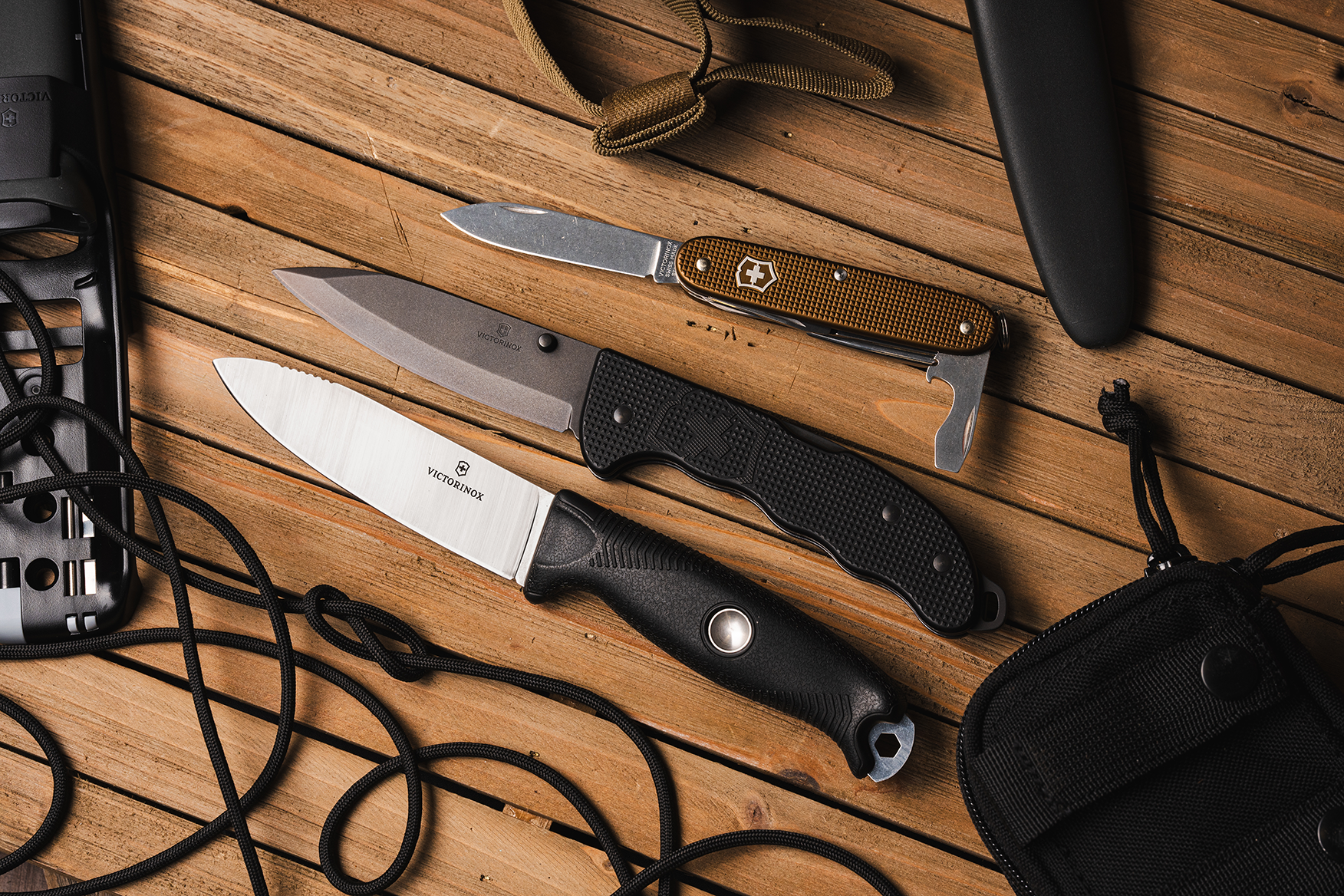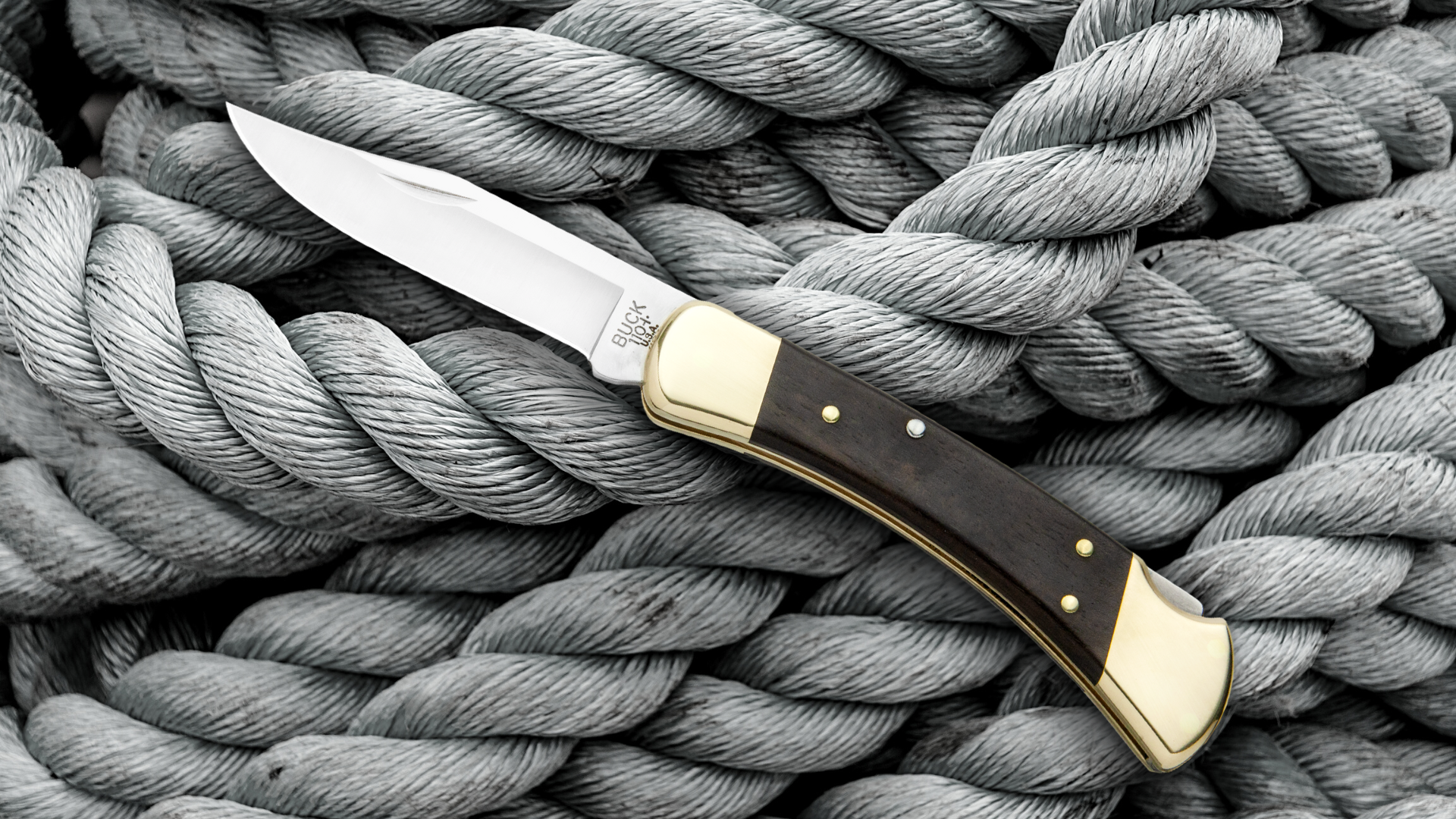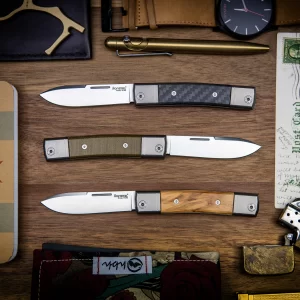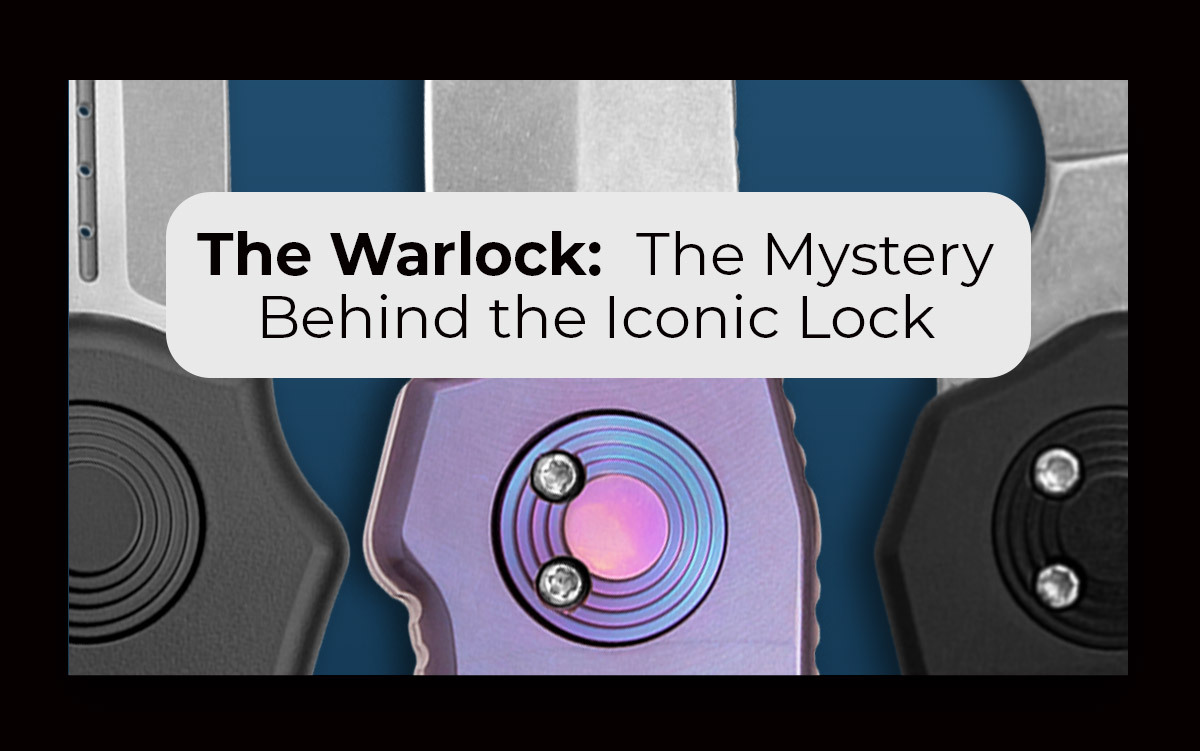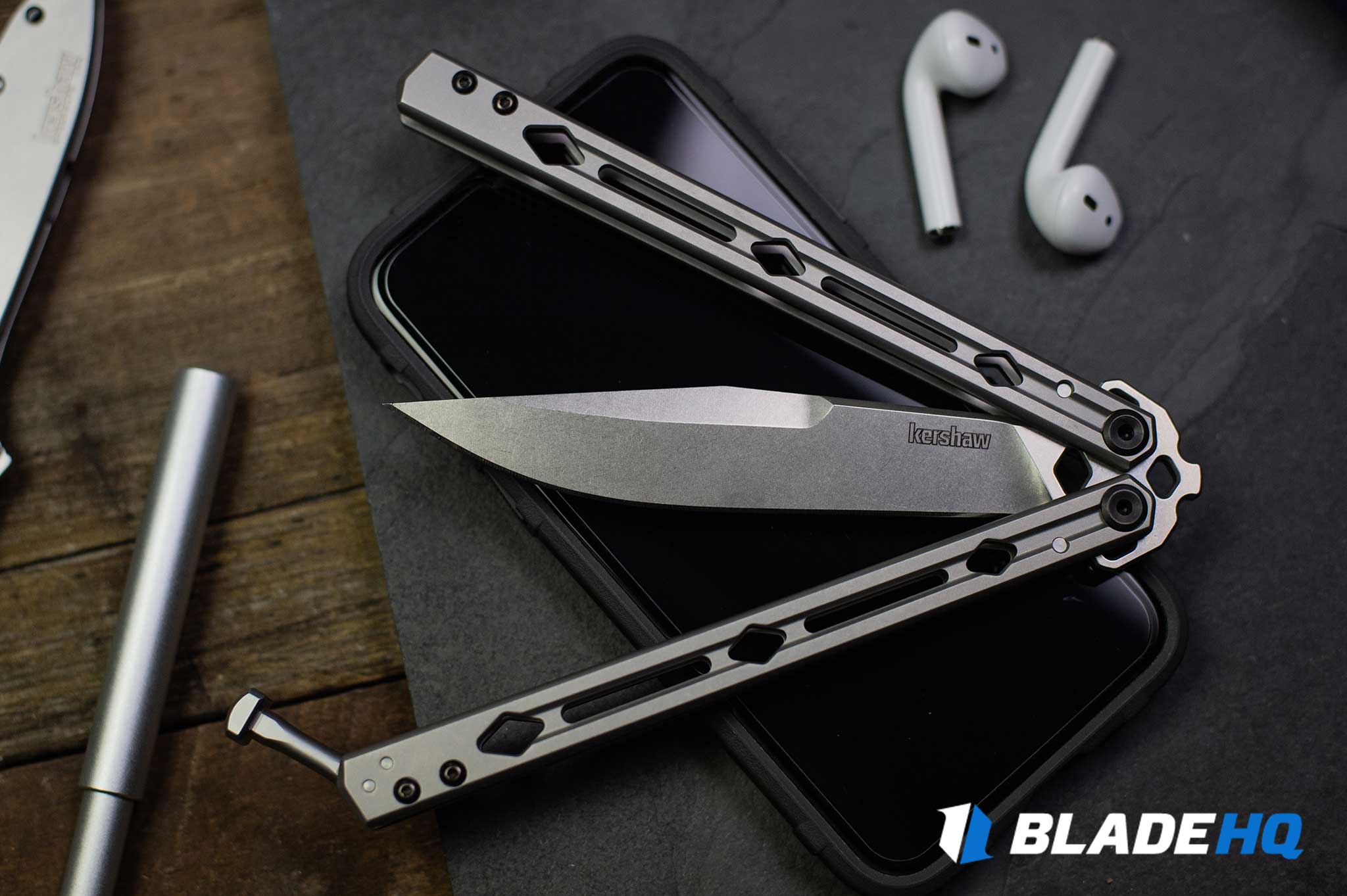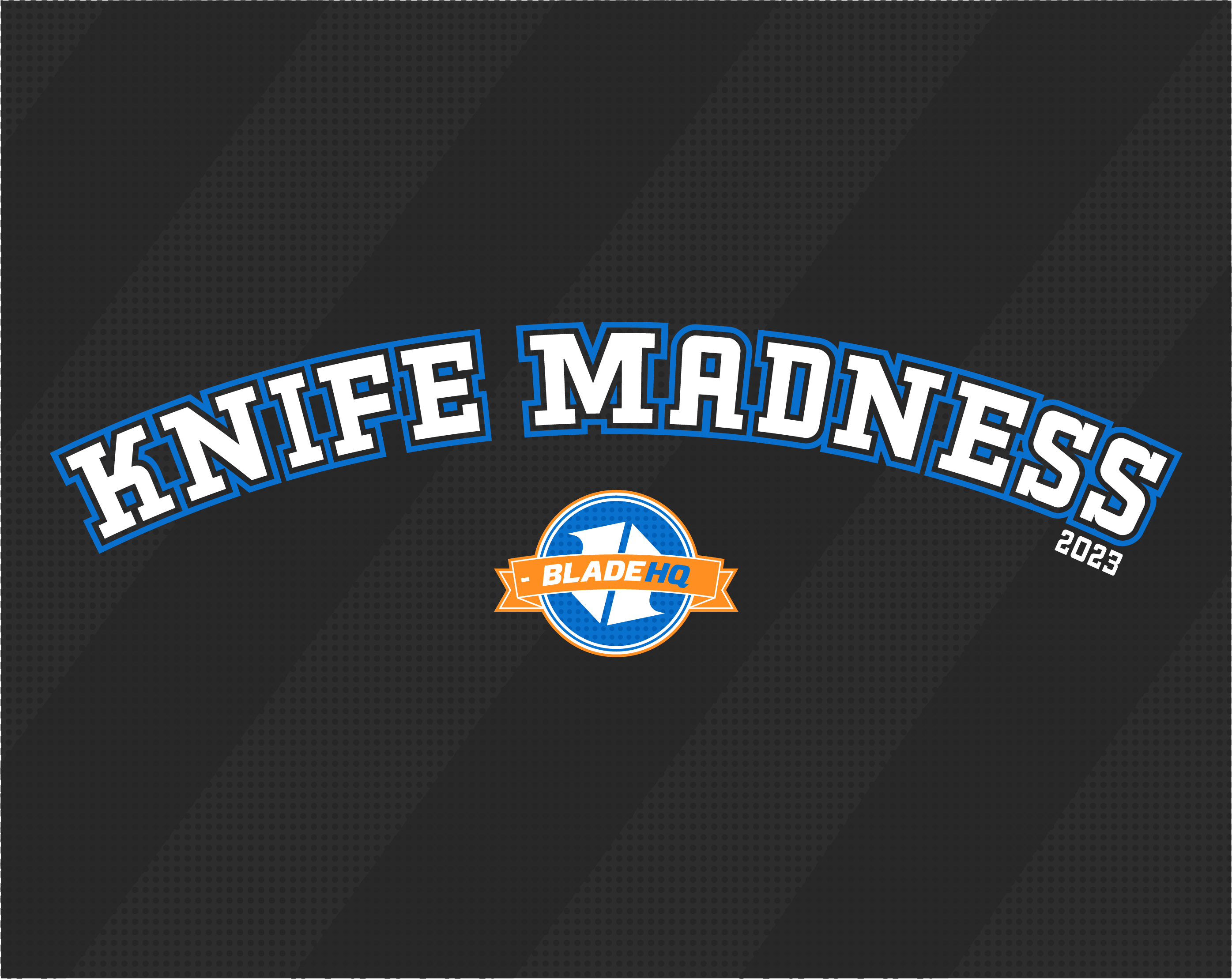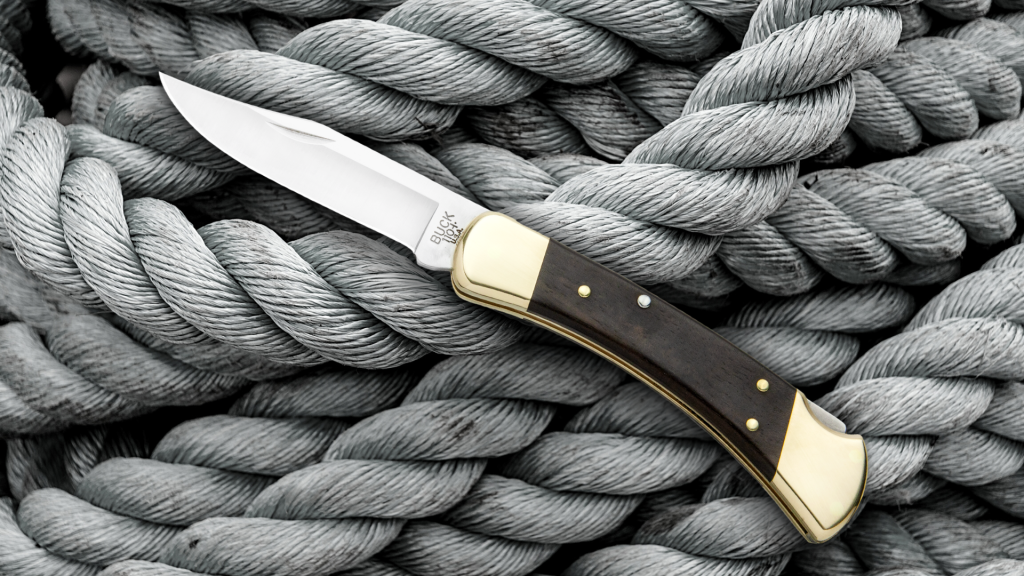
I have never been one to flinch or crawfish when faced with an unpleasant task.
True Grit
We’ve seen the best there is.
We’ve held more remarkable knives in our hands in a year than most who are not in the business will see in their whole lifetimes. Even if you go to all the Blade Shows and you’re right there with us, this is probably still true. It’s one of the reasons we acquire the designs we love, and we work to get the best blades out of our warehouse and into your mailbox.
We’ve seen knives, styles, and companies come and go. Nothing makes us happier than when a good knifemaker sticks it out for the long haul and their work becomes iconic.
And nothing is more iconic than this knife. The history of the Buck 110 is impressive. It came out in 1964 and blew everyone away. It’s the first lockback knife that was readily available for anyone and everyone, and it was even affordable. It’s also the first folder considered strong enough to be a viable hunting knife.
But eventually, as time goes by, you have to ask if a knife that’s been around for such a long time is still worth it. Because there’s a lot of knives out there to choose from. We also know there’s tons of opinions in cyberspace about the Buck 110 as an EDC, but we’d like to add in our two cents. So here’s our Buck 110 review. What makes this knife “Buck tough?”
How the Buck Knife is Made
A lot of our customers are curious about the crafting of the Buck 110, so let’s take a moment and go over the company’s process.
A knife blank is cut from a coil of steel and then is put through a double disc grinding wheel where the blank is shaved down into the blade shape. They stamp the logo and notch the blade before putting it through Buck’s famous three-step heating process to harden the steel, because at this point the metal is still soft. They expose the steel to high heat, then they freeze it, and then put it through another round of heating, though not as high as the first. After employees make sure the hardness is up to specs, the blade goes back to a grinding process, is tumbled, finely ground for its cutting edge, and the spine is edged and thinned to that cool clip point for significant puncturing ability.
Workers build the knife on pins and then rivets push in, taking the pins’ place. Before Buck employees send in the folding hunting knife for a final inspection, they buff, polish, clean, and perform one last sharpening for the sharpest edge.
Buck’s Post Falls, Idaho factory cranks out 7,000 knives a day.
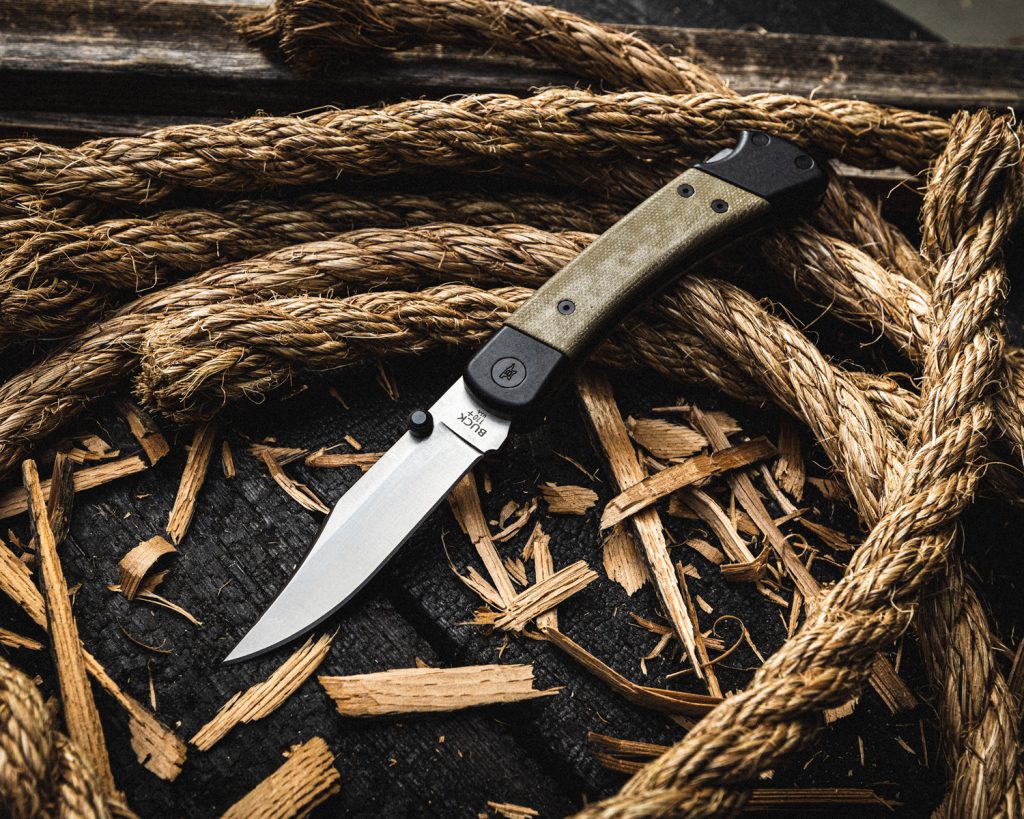
Testing the Buck 110
The Blade
Yes, the blade comes super sharp out of the box. Because of their patented heat treatment, the stainless steel is tough, too. Paul Bos, who started working with Buck Knives way back in the 1950s, developed this now-patented method of heating and freezing the metal to achieve its maximum potential. This process is responsible for the toughness of the steel and the reason why the knife stays sharp longer. Edge retention and toughness is always a killer combination.
Some may feel the blade material is a con rather than a pro, because the blade is not made of one of the popular super-steels we all know and love. However, in our opinion, the heat treatment eliminates any possible negatives of the material.
We are also huge fans of the clip point blade shape, which features a delicate tip for up-close work and plenty of length for slicing and chopping. The only downside is that a clip point blade is not the best shape for skinning. You can adjust your technique to mitigate the issues, but if you’re not worried about preserving the skin in perfect condition, then there’s no problem. A few puncture holes won’t bother you. As an everyday carry, though, the clip point blade shape is versatile and attractive for all your daily needs.

USA Made?
Yes, the Buck 110 is still made in America. Most (85%) of Buck knives are. The sheath is made in Mexico, but the knife is all USA-made, as it always has been. If owning an American-made knife is important to you, then this Buck knife is an excellent choice.
One-Handed Open?
The traditional Buck? No…and yes. It’s considered a two-handed open. If that’s a deal breaker for you, but in your heart of hearts you still want the Buck, you can make it work. Back in the day, boys would get the knife and pour some machine oil into the end so it would get into the pivot, and then they would move the blade in and out rapidly until they could do a combo gravity/pinch flick one-handed. If that’s confusing, there’s lots of videos on YouTube showing you how—even without the machine oil. There is also a thumb stud add-on you can buy.
Buck also sells versions now with openers, and they even have an automatic!
The Handle
Thick bolsters and heavy-duty handle construction keeps the knife sturdy and strong. A lot of knives with thinner handles may be able to get the job done, but long-term, the ample handle will keep your hand from wearing out.
The Buck 110 has a classic look with a beautiful Dymondwood handle and metal bolsters that everyone seems to appreciate.
There are a lot of knives out there that look like they were commissioned by the four horsemen of the apocalypse to usher in the end of the world—but no matter how many spikey appendages it has, or how extra-violent the colors are, or even if it’s named Satan’s Spit, the test of the toughness of a knife is in its performance, not in look alone. The Buck 110 has been THE knife for almost sixty years because it is classic tough; simple style paired with phenomenal performance. The sharpness and heavy-duty construction add up to one Buck Tough EDC.
I quoted True Grit at the beginning of this review because the Buck 110 has true grit—it’s tough and won’t flinch away from an unpleasant task. It’s what I look for in a knife.
The only consideration is that full-metal construction does lead to a hefty knife. If a heavy carry doesn’t work for you, there’s always the Buck 110 Slim if you want to own a piece of Buck history but want a lighter EDC. However, if you want the heavier performance of the Buck 110 in a lighter weight, you’re probably better off considering the Buck 112.
And…
Don’t forget the Buck Lifetime Warranty!
What’s the Difference Between the Buck 110 and Buck 112?
The Buck 112 came out when a couple of sailors got into a knife fight and the Navy came out and forbade any knives with blades that were too long. The military has always been into Bucks, but sailors claimed they used them for all their on-boat chores. In response, Buck came out with the shorter-bladed 112. For knife users who wanted a more compact folding knife, this was an unfortunate incident that worked out well for them.
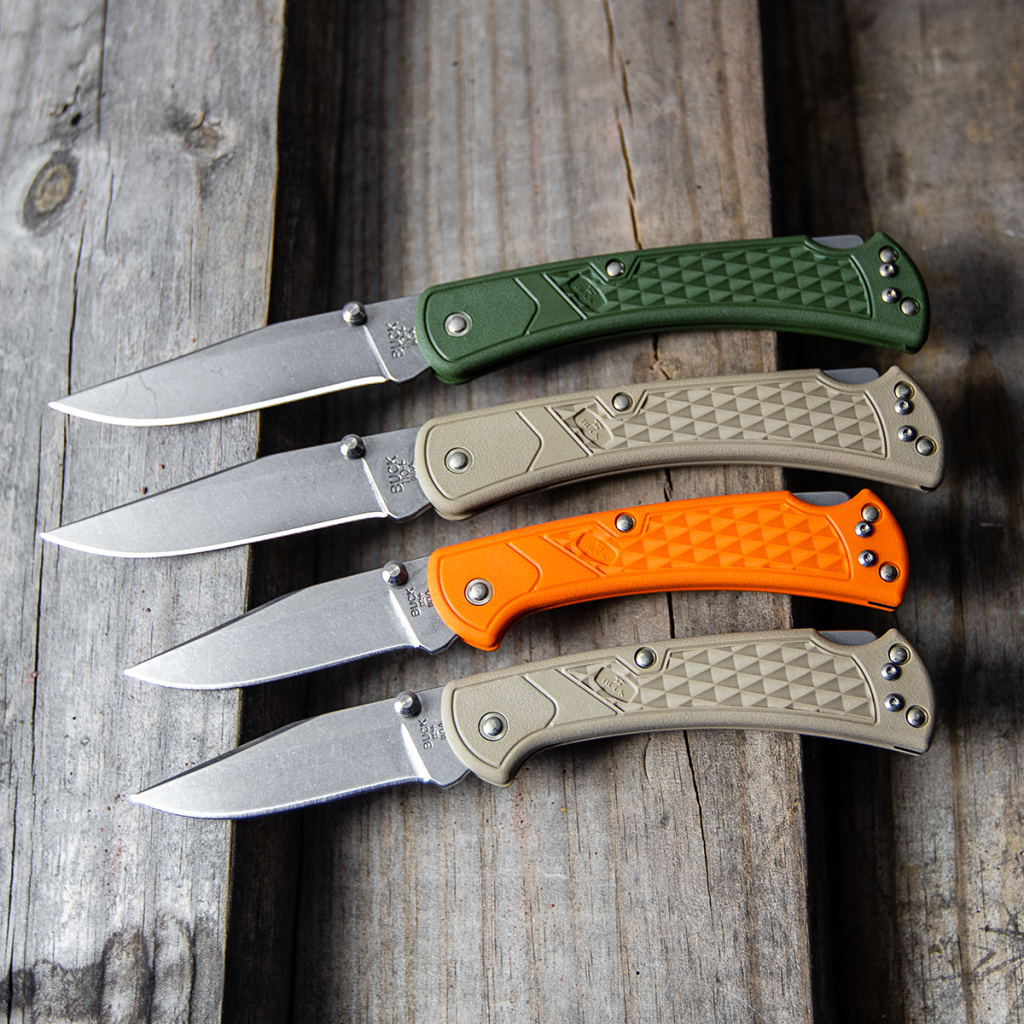
The Buck 112 is a slimmer version but with the same functionality and performance of the 110. True, the blade is three inches rather than the three and three-quarters of the Buck 110, but the toughness and versatility is still there. The handle is also shorter by about a half an inch. People argue about the specs and which makes a better knife, but it really comes down to you. Need a lighter weight EDC? Choose the Buck 112. Both are working knives. Both are great to have in your pocket. If you need the heavy-duty weight and longer blade for your more robust, outdoorsy life—then stick to the 110.
Another consideration is size. Either one should fit you comfortably, most knife users say.
However, if you like more handle for your grip and you have particularly larger hands, then stick to the 110. For decades, men and women have carried this out on the farm, as the favorite of their hunting knives, and as a versatile tool. If you have a friend who has either, ask them to let you see how it fits your grip. You’ll know what’s better for you.
Is the Buck 110 a Good Knife?
Obviously, we think so. Its ever-enduring popularity answers the question; yes, the Buck does hold up. There have been some incredible innovations in the knife world, but the Buck continues to hold its own because it is tough and performs consistently well.
As a rough working knife, the Buck 110 is still a winner.
Take a look at Buck’s newest knives as of 2022! Even after so many years, Buck keeps making history, so keep an eye out for the freshest Bucks on the market.
